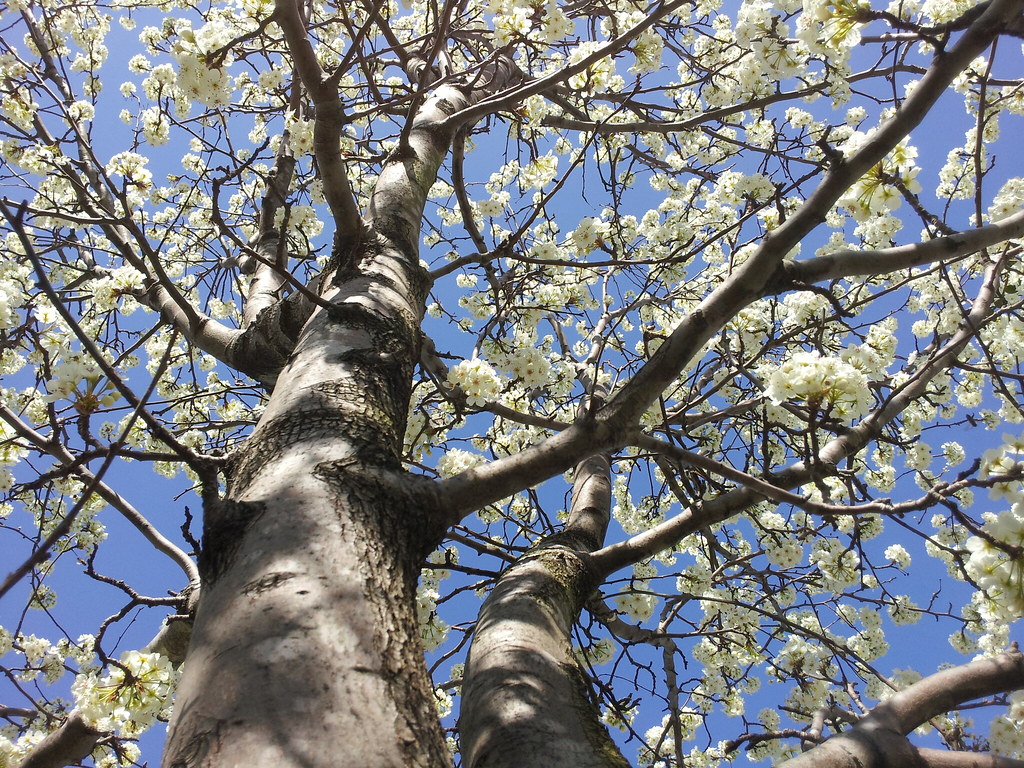Imagine being a journalist in a far off land.
It is also not easy being a foreign journalist because you may misread/misunderstand what you are covering in that foreign land. It is a challenge.


Thesis of chapter:
“Double Misreadings”?
Journalist misread for several reasons.
Share this post with others. See the Twitter, Facebook and other buttons below.
Please follow, add, friend or subscribe to help support this blog.
See more about me at my web site WilliamHartPhD.com.
Wouldn't be easy, would it?
First, you may, depending on where you are and what you are covering, be physically harmed or killed. See Anderson Cooper clip below, for just one example. And, if you are curious, check out some recent news about about foreign journalists being hurt or killed in the past month.

P. Eric Louw, in his chapter "Journalist Reporting from Foreign Places" in Global Journalism: Topical Issues and Media Systems (4th Edition), writes about the challenges of being a foreign journalist.
Thesis of chapter:
- “Journalist coverage of foreign places increasingly influences the governance of those places.” (e.g., CNN effect.)
- “The emergence of international governance based on foreign news-driven mediated realities has inherent dangers."
“Double Misreadings”?
- “Relying on the news media to understand distant places inherently produces a double misreading because…”
- Journalist can misread the news event and
- We (the audience) can misread what the journalist is saying.
- “journalists generally are not equipped to read distant contexts, and neither are their audiences.
Journalist misread for several reasons.
- “First, journalists arriving in a new context are foreigners [who don’t know the history, the religions, etc.]
- “Misreadings also occur because journalists carry their cultural biases with them when reporting in a foreign context.”
- e.g. American values/ways of doing things being seen as normal. Seeing foreign ways as “incomprehensible” or “despicable”.
- “…the journalistic practice of deploying simplistic labels.”
- Taking a complex, sometimes chaotic situation/place and putting into 20 words or less and putting it in a way that U.S. audience will relate to. “ethnic cleansing” label “white supremacy” label used in coverage of S.A.
- “…journalists routinely use binary oppositions when describing foreign contexts” Related to #3
- Common characters in a news story: “good guys” vs. “bad guys” Other characters? Common plot? Again, oversimplification.
- “…when sent to report on foreign contexts, journalists tend to (subconsciously) select contacts with whom they feel comfortable working…”
- “…foreign issues are read in terms of ‘home’ understandings and agendas.”
- e.g., S.A. anti-apartheid struggle = U.S. civil rights struggle. Similar to # 3
Please follow, add, friend or subscribe to help support this blog.
See more about me at my web site WilliamHartPhD.com.






